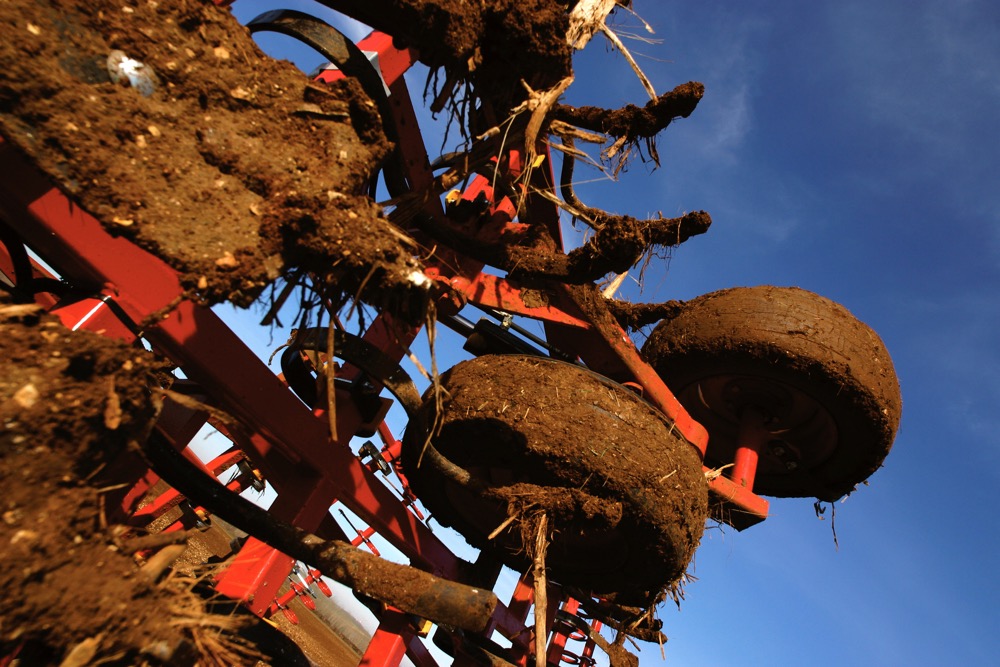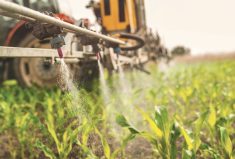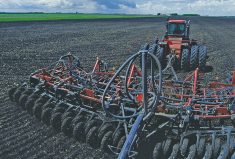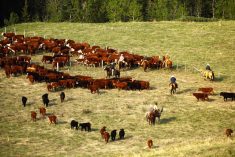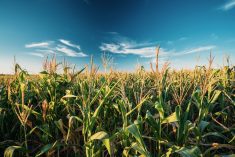Producers should consider a number of factors before deciding to terminate hay land to seed an annual crop.
“Traditionally, forage stands have been terminated in the fall by using one of three approaches — tillage only, herbicide application combined with tillage, and herbicide application followed by direct seeding into sod,” said provincial crop specialist Mark Cutts. “The main advantage of fall termination is the ability to establish a good seedbed with tillage or in the case of direct seeding, allowing the sod to decompose.”
While spring termination of hay land is an option, producers need to consider a number of factors.
Read Also
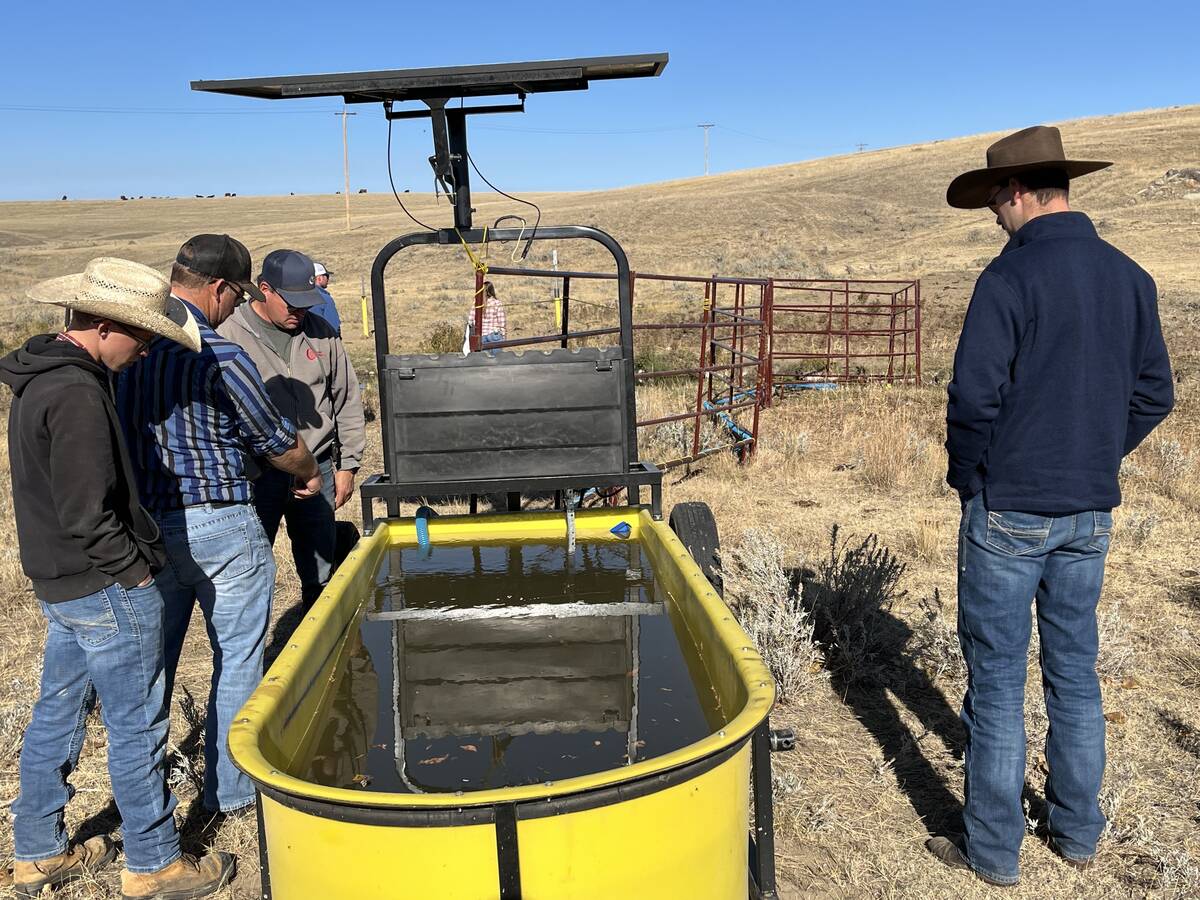
The planning time is now for approved grazing plan for upcoming On-Farm Climate Fund applications for early 2026
Millions of dollars in grant funding available for ranchers in grazing operations in Western Canada
“One factor that must be managed properly is soil moisture,” said Cutts. “In many areas of the province, conservation of spring moisture is essential for crop establishment.”
Since multiple tillage operations reduce soil moisture, the preferred method of establishing annual crops in spring-terminated stands is a herbicide application followed by direct seeding into sod. That means spring termination of hay land will delay seeding.
“For herbicide applications to be effective, sufficient plant material must be present,” noted Cutts.
Grasses should be at the three- to four-leaf stage, and legumes need to be actively growing to allow for good herbicide coverage. Another three to five days after the herbicide application is needed to allow thorough translocation into the plant. This will result in seeding delays of two to three weeks as compared to a fall-terminated stand.
To control the forage species in the hay stand, a high rate of glyphosate — up to 720 grams of active ingredient per acre — should be applied. If regrowth of the forage species occurs after emergence of the annual crop, producers will need to determine if a suitable in-crop herbicide option exists.
“Establishing good soil-to-seed contact is critical to the success of the seeded crop,” said Cutts. “With sod seeding the most consistent results have occurred with cereal crops compared to a smaller-seeded crop, such as canola. The larger seed size associated with cereals allows seeds to be placed beneath the thatch layer into soil where good soil-to-seed contact occurs.”
Evaluating the fertility of the soil is also important.
“Nutrient levels are commonly deficient on older hay stands and will need to be addressed when seeding an annual crop,” he said. “Seeding annual crops into spring-terminated hay land poses a number of challenges and is a riskier option as compared to seeding into fall-terminated hay stands.”

